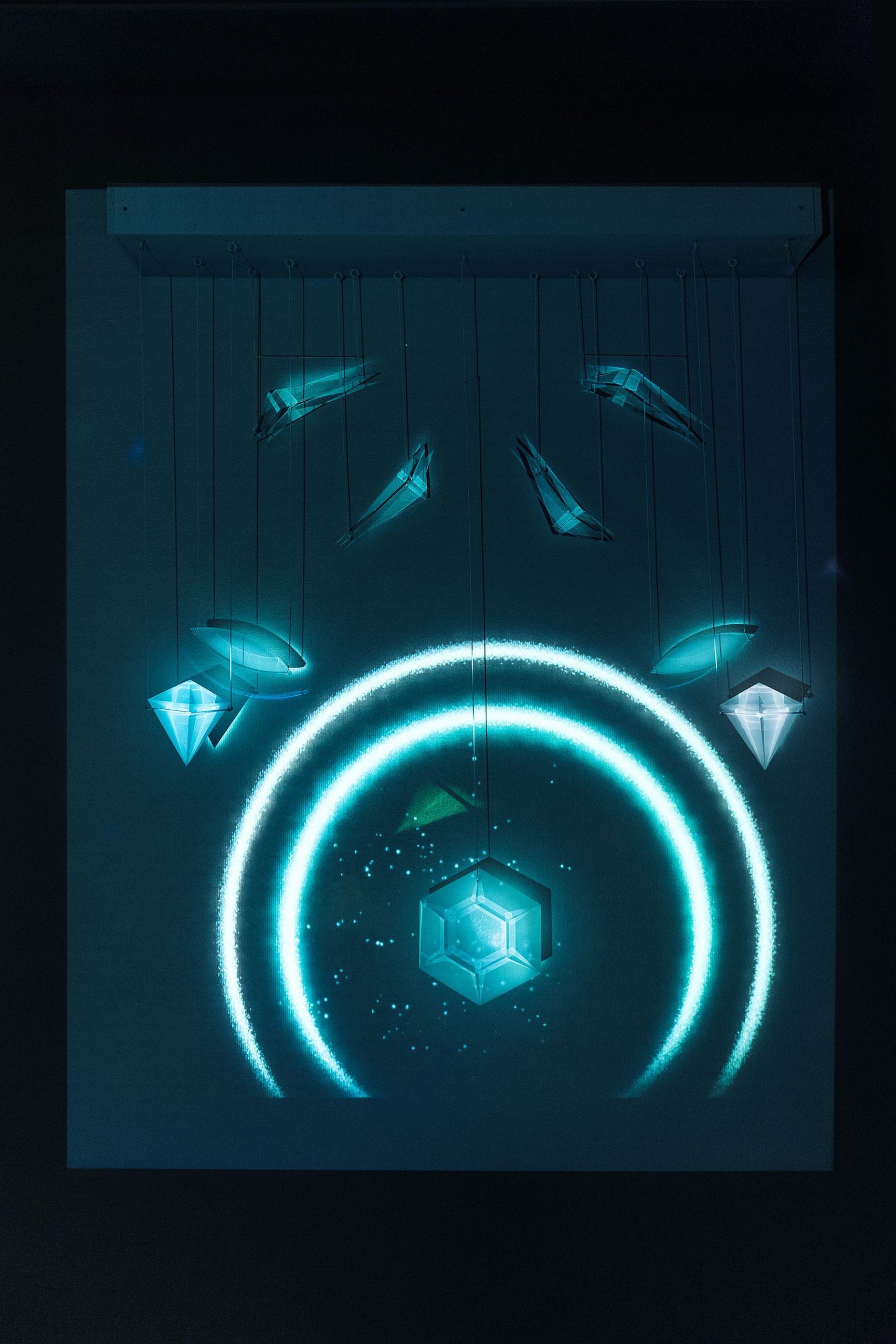Making the intangible tangible is no mean feat. Last October, Professor Ronald Hanson and his team at TU Delft’s Kavli Institute of Nanoscience proved Einstein’s theory on locality to be wrong, showing that the so-called ‘entanglement’ of particles at a large distance exists.
In other words, objects separated by great distance can instantaneously affect each other’s behaviour, without being physically connected by another medium. With diamonds set up in identical labs 1.3 km apart on opposite sides of campus, the team proved the phenomenon, closing the loopholes present in earlier experiments. Their research received worldwide media coverage, but for the average layperson it can be hard to get your head around the science.
Amsterdam based design studio, KNOL, were contacted by the team to make an artistic visualisation of the experiment. “By means of an art installation, we have caught the essence of the complex matter that stays so intangible to non-scientists,” stated KNOL. The studio created an exhibit that demonstrates the process of the experiment using animated lighting, projection and sound in a display that lasts less than two minutes. The work is called ‘Between Science and Fiction’ and can be found in the basement stairwell at the Faculty of Applied Sciences on Lorentzweg. The project was undertaken in collaboration with visual animator Noortje van den Eijnde, designer Floor van Doremalen and spatial theorist Lion Zeegers. Go to studioknol.com for more information and to see the video.



Comments are closed.